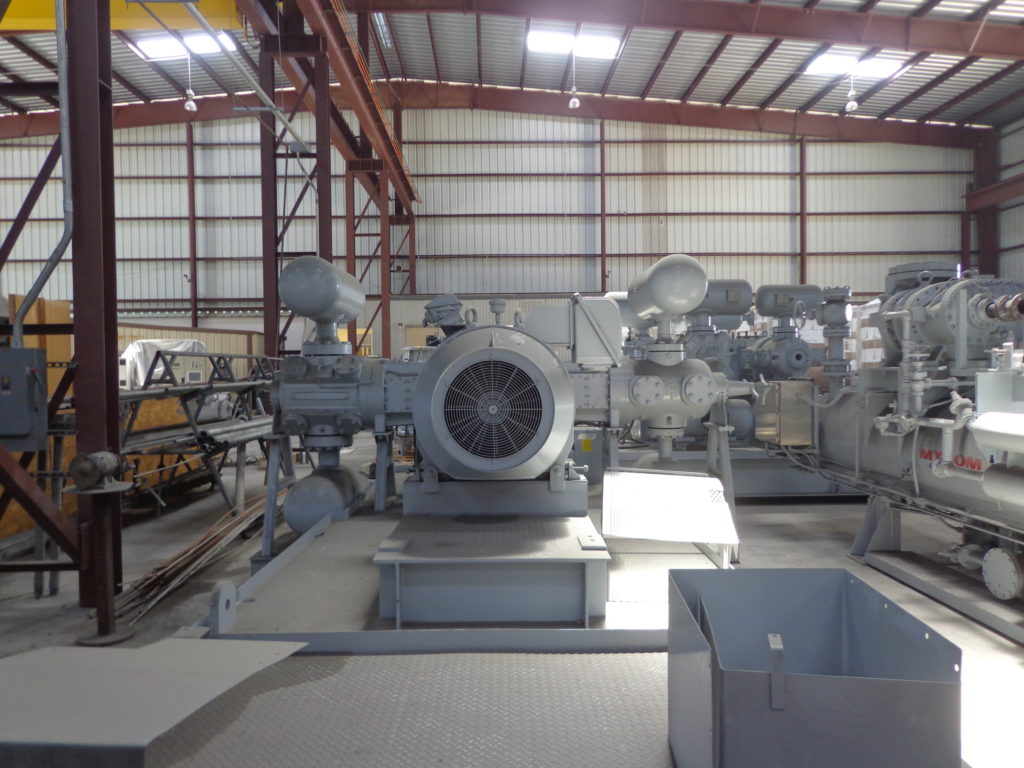
A Urea Production Plant follows a two-step process. Ammonia and carbon dioxide are reacted to form ammonium carbamate, which is then dehydrated to form urea. The urea solution is concentrated by evaporation or crystallization, and the crystals can be melted to produce pure urea as prills or granules.
The ammonia is produced using a primary and secondary reformer with a high- pressure ammonia converter. The carbon dioxide is recovered using either pressure swing adsorption or amine absorption. The carbon dioxide can be reused later in the urea production step. SPS builds the syngas reformer and the ammonia reactor, and we specialize in manufacturing smaller plants that produce from 200TPD to 500TPD of urea.
The majority of the urea produced worldwide is used for fertilizers. Other applications include livestock feed, urea formaldehyde resins, and engine exhaust systems.
For more information about SPS Urea Production Plants, Contact Us today.
Certifications
SPS Systems, Inc. maintains certification with the American Society of Mechanical Engineers (ASME) for “U” stamped vessels and the National Board for “R” stamped repairs.

